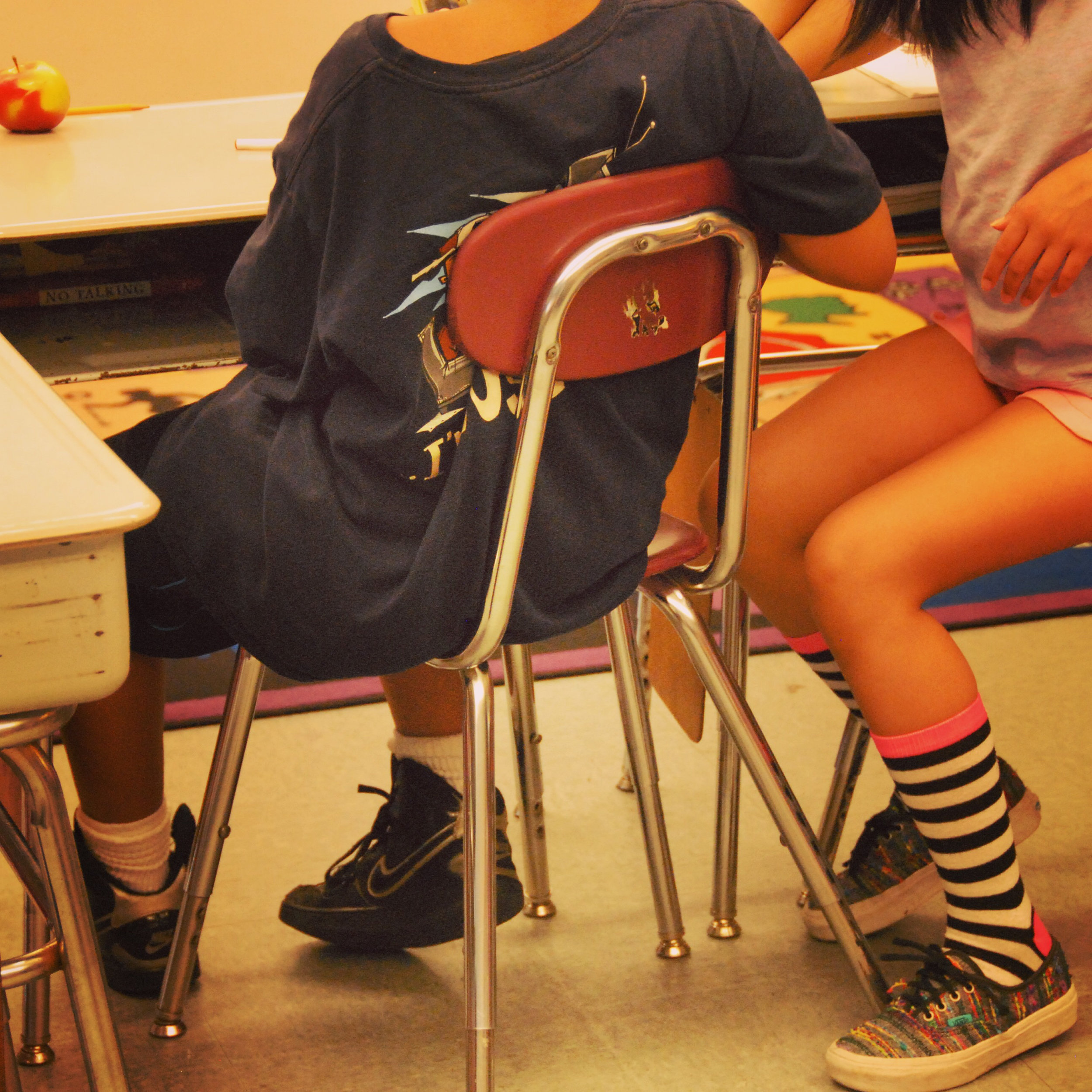Zero Tolerance for Zero Tolerance
 For 30 years, I was a teacher in both private and public elementary schools. I certainly was not a perfect teacher, and I made more than my share of missteps, especially in interactions with students.Experience can be an exacting teacher, however. One of the most important and useful lessons I learned was that for empathetic practitioners, there is no such thing as "zero tolerance". Despite one's insistence that a rule be followed without exceptions, the reality is simply the opposite. In a world of right-or-wrong, black-or-white, there is always a gray space.Take a school's zero tolerance for wearing caps in school as an example. On the surface, such a policy seems simple enough particularly for those of us who were brought up in the generation of "men do not wear caps inside." I share with you an anecdote from my time as an elementary teacher.One morning, a student of mine walked into my third grade classroom just on the cusp of the tardy bell. His head was down, he hadn't gone to his locker, he made zero eye contact with anyone and... he had his baseball cap firmly on his head. This student was a leader, well-liked and respected by his peers and, even at his most challenging, liked by his teachers. When I asked him to take off his cap, as was the rule, he simply looked down and shook his head defiantly.As I was about to escalate this conversation, I was saved from being a jerk by the school's social worker who had cajoled the whole cap story from this child. For some reason, this student's father had taken to giving the child an at-home hair cut, leaving tufts of his hair randomly interspersed between patches of skin. My student was mortified that his friends would see his new haircut and, as kids often do, taunt him mercilessly. So in a nod to the gray area, the zero-tolerance of caps in school was abandoned and the cap stayed on.I tell this story because there is an important take-away for every "zero tolerance" situation, including the one currently unfolding in our government. The consequence of this government's action however is far less benign than becoming an over-zealous enforcer of school rules.Zero tolerance should never become an absolute; there are far too many extenuating circumstances that can and should guide it. It is a lesson our government could and should apply as well.
For 30 years, I was a teacher in both private and public elementary schools. I certainly was not a perfect teacher, and I made more than my share of missteps, especially in interactions with students.Experience can be an exacting teacher, however. One of the most important and useful lessons I learned was that for empathetic practitioners, there is no such thing as "zero tolerance". Despite one's insistence that a rule be followed without exceptions, the reality is simply the opposite. In a world of right-or-wrong, black-or-white, there is always a gray space.Take a school's zero tolerance for wearing caps in school as an example. On the surface, such a policy seems simple enough particularly for those of us who were brought up in the generation of "men do not wear caps inside." I share with you an anecdote from my time as an elementary teacher.One morning, a student of mine walked into my third grade classroom just on the cusp of the tardy bell. His head was down, he hadn't gone to his locker, he made zero eye contact with anyone and... he had his baseball cap firmly on his head. This student was a leader, well-liked and respected by his peers and, even at his most challenging, liked by his teachers. When I asked him to take off his cap, as was the rule, he simply looked down and shook his head defiantly.As I was about to escalate this conversation, I was saved from being a jerk by the school's social worker who had cajoled the whole cap story from this child. For some reason, this student's father had taken to giving the child an at-home hair cut, leaving tufts of his hair randomly interspersed between patches of skin. My student was mortified that his friends would see his new haircut and, as kids often do, taunt him mercilessly. So in a nod to the gray area, the zero-tolerance of caps in school was abandoned and the cap stayed on.I tell this story because there is an important take-away for every "zero tolerance" situation, including the one currently unfolding in our government. The consequence of this government's action however is far less benign than becoming an over-zealous enforcer of school rules.Zero tolerance should never become an absolute; there are far too many extenuating circumstances that can and should guide it. It is a lesson our government could and should apply as well.
